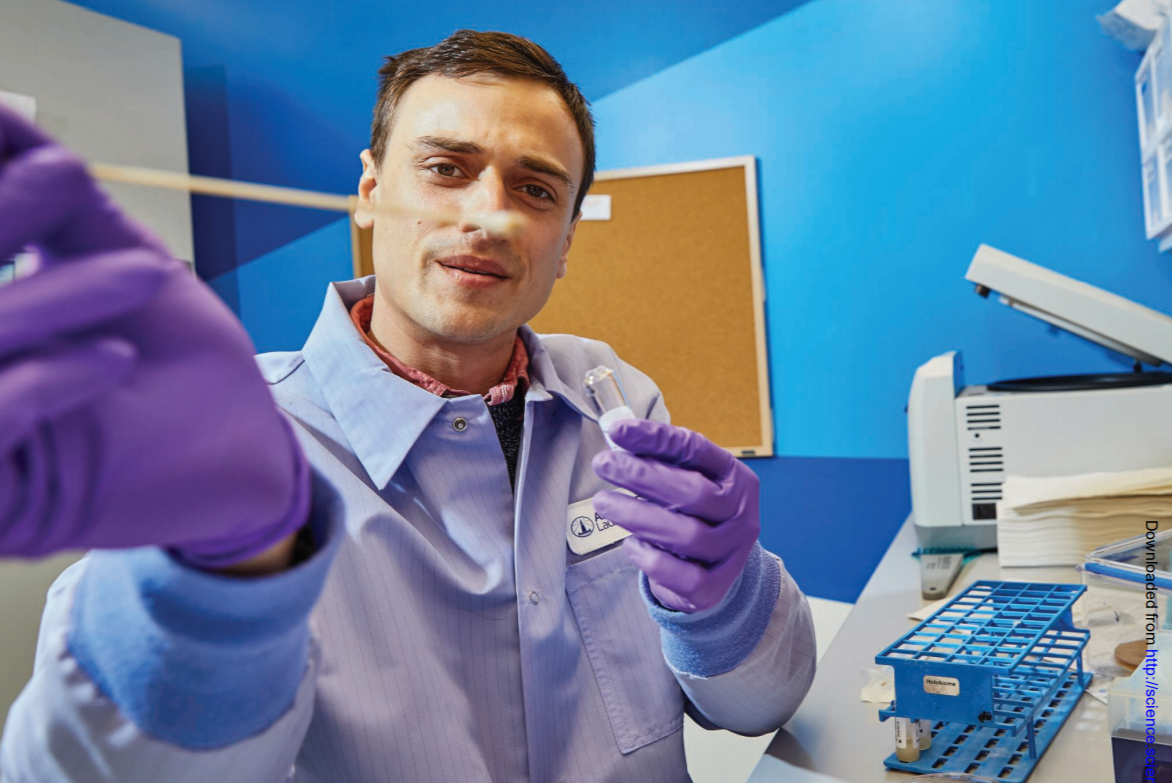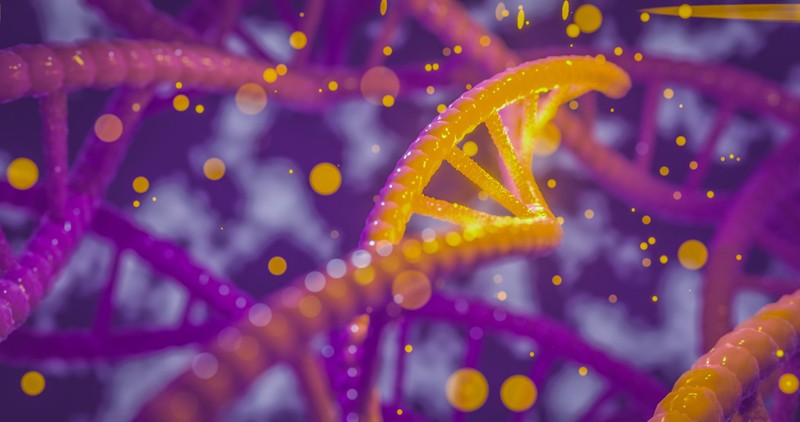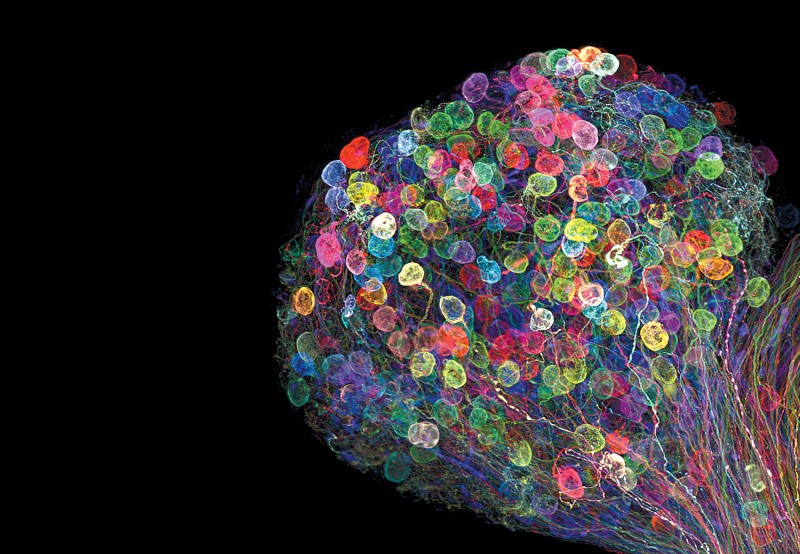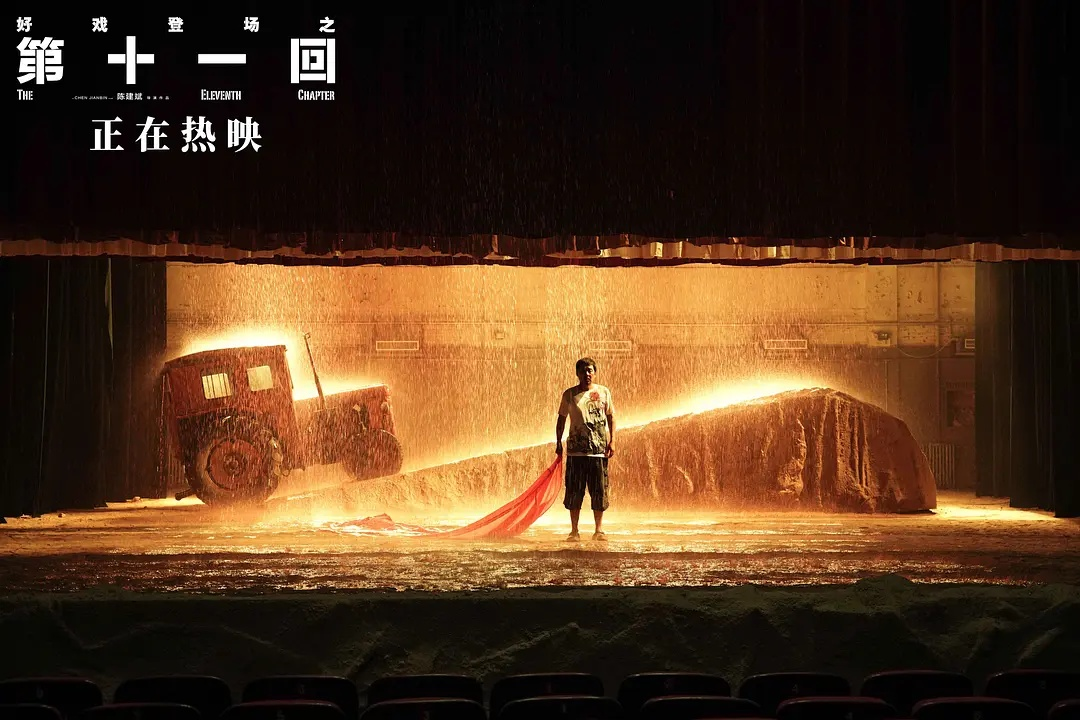每日外闻95

麻省理工学院Koch Institute(KI)image wards 今年搞了一个“2020愿景”主题的图像奖,总共十张,我挑选几张我最喜欢的。

Brains and Brawn: Building a Neuronal Network
大脑和肌肉:建立一个神经网络
Ellen M. DeGennaro and Christopher A. Walsh
Harvard-MIT Health Sciences and Technology and Boston Children’s Hospital
Like children in gym class, young brain cells pull themselves up a rope-like fiber to form a neuronal network. Near the hollow, fluid-filled ventricle (lower left), teardrop-shaped neurons are undifferentiated, having recently split off from their mother cells.
As they migrate outward toward the cortical plate, leapfrogging over one another, they mature and anchor near the pial surface (blue/green) to assume their final positions in the developing brain.
Walsh Lab researchers created this architectural map to better understand how a cell’s position and lineage influence its fate.

Calling the Shots: A Flexible Platform for All-in-One Delivery
发号施令: 灵活的多合一交付平台
Morteza Sarmadi, Christina Ta, Robert Langer, and Ana Jaklenec
Koch Institute at MIT
Offering local delivery once every three days for up to six months, these hollow microparticles could really pack a punch against cancer.
The Jaklenec group in the Langer Lab is modifying the microfabricated capsules—originally created as a single-shot vaccine delivery system—to accommodate the co-delivery of chemotherapy with other treatment approaches such as immunotherapy or gene therapy.
They took the image to understand the mechanism behind the cargo’s release. The pink color comes from the red dye being used as a proxy for the combination of interest.

Cloak and Swagger: Learning from the Enemy
披着斗篷的气势:向敌人学习
Arnav Chhabra, David Mankus, Margaret Bisher, Abigail Lytton-Jean, and Sangeeta Bhatia
Koch Institute at MIT
When someone receives an organ transplant, their own immune cells may identify it as a foreign body and try to destroy it.
The Bhatia Lab is stealing one of cancer’s most subversive weapons—its ability to elude detection by the immune system—to cast an invisibility cloak over donated cells. By reprogramming them to express the same surface markers as cancer cells, researchers hide transplanted cells (purple) from would-be aggressors (green) in the body. Although superficial, these changes to the cells’ appearance could have deep therapeutic benefit.
器官移植都会存在宿主的免疫排斥作用。而癌细胞则不存在免疫排斥,研究人员从癌细胞中学习,将移植的细胞(紫色)隐藏起来,不让潜在的攻击者(绿色)进入体内。

Ocean Plankton: Generating the Oxygen We Breathe
海洋浮游生物:产生我们呼吸的氧气
Keith Ellenbogen and Tom Consi
MIT Sea Grant
Dinoflagellates are a large diverse group of single-celled algae that are of immense importance to marine ecosystems worldwide, forming the base of the food chain upon which all aquatic life depends. Photosynthetic dinoflagellates, like these three Ceratium, are major primary producers of oxygen. The process is driven by sunlight-absorbing chloroplasts that act as the engines of photosynthesis.
鞭毛藻是一种由单细胞藻类组成的庞大而多样的群体,对全世界的海洋生态系统具有巨大的重要性,构成了所有水生生物赖以生存的食物链的基础。光合作用的鞭毛藻,如这三种角藻,是氧气的主要初级生产者。这个过程是由吸收阳光的叶绿体驱动的,它是光合作用的发动机。
This image is part of Ellenbogen’s Space to Sea project, which combines photography and microscopy to make visible the full range of life in Stellwagen Bank National Marine Sanctuary, 25 nautical miles off the coast of Massachusetts.
View in the Koch Institute Public Galleries
See you tomorrow










